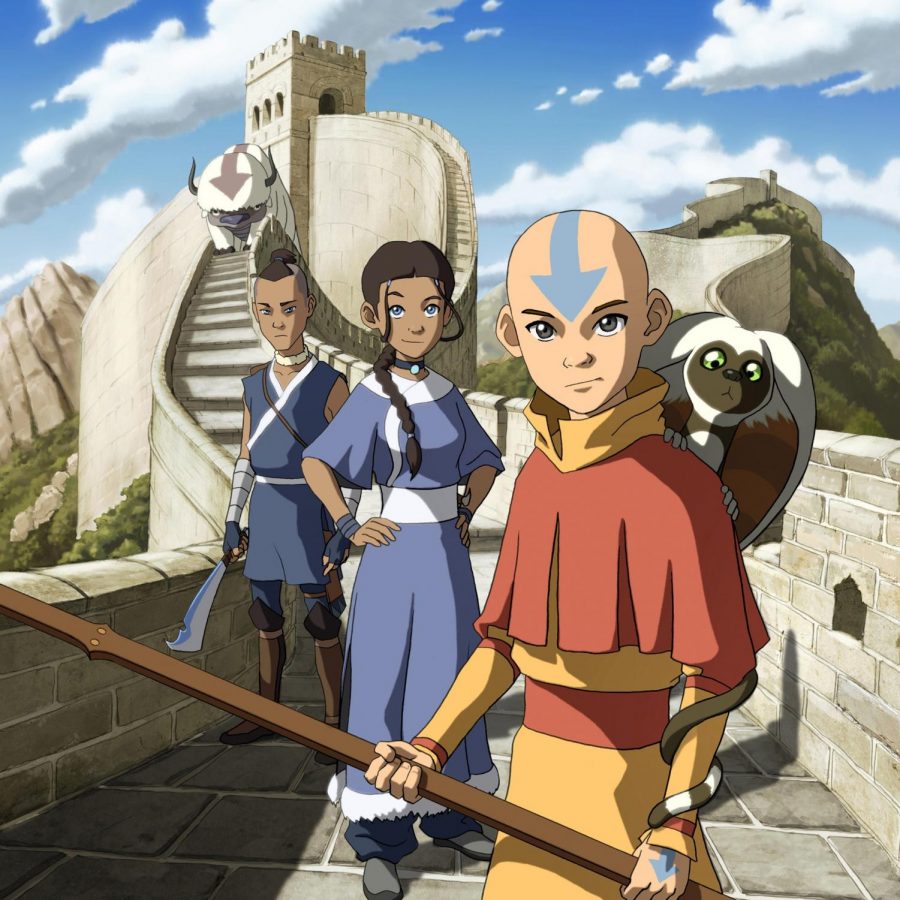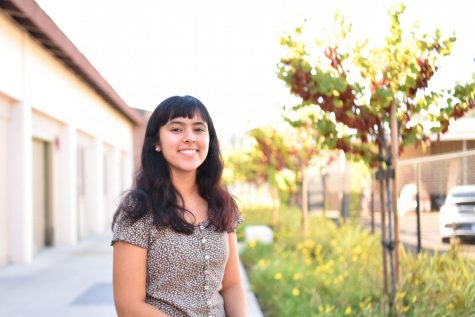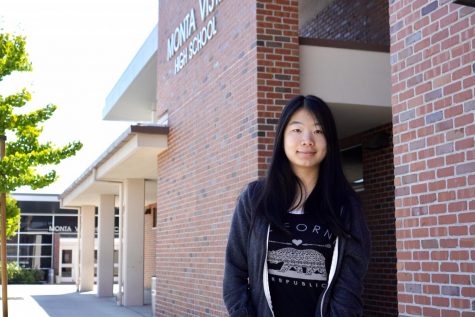New and returning fans share in the excitement of ‘Avatar’
‘Avatar: The Last Airbender’ increases in popularity after Netflix release
Fifteen years after its initial release, “Avatar: The Last Airbender” becomes a hit on Netflix.
September 13, 2020
Water. Earth. Fire. Air. Long ago, the four nations lived together in harmony. Then, everything changed when the Fire Nation attacked.
These lines from the beginning of every episode of the animated TV show “Avatar: The Last Airbender” are a phrase many students can repeat. The show takes place in a universe where individuals are capable of controlling, or ‘bending,’ one of the four elements: water, earth, fire and air. The Avatar is the exception — they are the only person in the world capable of controlling all four. “Avatar” follows the mission of Avatar Aang, a 12-year-old Air Nomad who wakes up after a 100-year coma to find that he now has to learn to control all four of the elements — and stop a war started by the Fire Nation.
When “Avatar” was added to Netflix on May 15, 2020, the show incited a new wave of fans who watched it for the first time — it was on the Netflix top 10 list for 60 days, breaking the record for how long a show has appeared on the list. One of those fans was junior Geeta Karlcut, who remembers feeling interested when a friend recommended the show to her in middle school, but never got around to watching it because it wasn’t immediately accessible to her.

“I really wanted to watch it because I’ve heard so much about it,” Karlcut said. “When it came on Netflix, it just seemed like the perfect opportunity … I watched it all with my family — my mom and my brother, specifically.”
On the other hand, English teacher Randy Holaday first watched the show when it was released on Nickelodeon in 2005. He recalls watching episodes here and there as it was airing, but never watched it in full until around 2015, when he watched it again with his boyfriend, who is a big “Avatar” fan. Now, it is one of his top shows.
“People would be like, ‘What’s your favorite show? What should we watch?’ for just casual conversation,” Holaday said. “‘Avatar’ was top five for me. I’m just like, ‘You have to watch this show.’ And at least for my age, people … remember when it was on Nickelodeon, so they kind of just pushed it aside, and were like, ‘Well, that’s just a kid’s cartoon show.’ So it’s actually been funny, now that it’s [gone] viral right on Netflix over the summer.”
Senior Elene Pilpani attaches “Avatar” to nostalgia for her childhood and has watched it multiple times. She first watched the show along with her parents when she was much younger and appreciates how the storyline of “Avatar” appeals to all ages.
“Even though it was a children’s show, it was engaging for adults to watch as well,” Pilpani said. “While [my parents] were making me sit down and watch it, they were also enjoying the show. There definitely [are] more serious undertones in the show and jokes that are more aimed at adults. It’s not like Dora or anything where it’s like, yes, 3-year-olds watch it, but then the adults watching will probably be bored. It caters to such a large audience, and the concept of the show is so unique and interesting that anybody can enjoy watching it.”
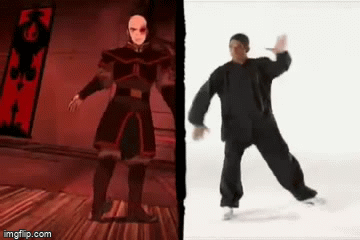
Since its release, “Avatar” has garnered widespread praise from critics and fans and won 12 awards, including a Primetime Emmy Award and a Peabody Award. The show has been commended particularly for its complexity in the way it tackles themes such as imperialism, colonization and war, despite being targeted towards children.
“It was informative and it was put in a way that people can understand, not with fancy terms or anything,” Karlcut said. “If I [were] 6 years old and I [were] watching this show, I would have understood [that] imperialism is bad, because they’re destroying culture and stuff … It just put[s] a really real perspective on, ‘Wow, now I kind of get a grasp of what some other people might be going through now’ … Now [that] I’m older, I can understand, ‘Wow, they did a very good job explaining that topic to people of such a young age.’
“Avatar” is also celebrated for its Asian representation. The nations of elements draw inspiration from different Asian cultures — according to Vox, the Air Nomads are primarily influenced by Tibetan monks, the Water Tribes by Arctic culture, the Earth Kingdom by China and the Fire Nation by Imperial Japan. However, they all blend influences from multiple cultures. Similarly, the motions of bending are derived from martial arts. For example, waterbending draws from Yang-style tai chi, earthbending Hung Gar kung fu, firebending Northern Shaolin kung fu and airbending baguazhang.
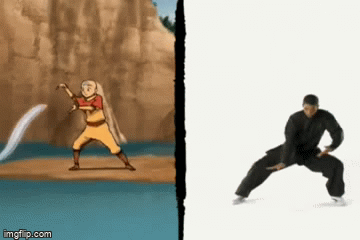
“I think you can tell that the creators held a lot of authentic appreciation and value for the culture they are drawing from, like each of the different areas of bending copying different martial arts and styles,” Holaday said. “It doesn’t seem ham-fisted — it didn’t seem like they were tokenizing anything. It was necessary to the story and there was a genuine appreciation for the culture.”
Karlcut believes that shows and movies, especially those for children, often feature white or whitewashed characters, so she especially enjoyed seeing much of Asia represented in “Avatar.”
“I think because there wouldn’t have been as many racially diverse shows [when it was first airing], kids — especially people of color — those kids would have flocked to this show because it’s representative, it’s diverse, it’s showing people like me us on the big screen,” Karlcut said. “And I think it would have made a lot of people happy.”
Beside the representation, Pilpani believes there are many positive messages and lessons children can take away from the show. For example, one of the main characters, Sokka, has misogynistic views in the beginning, but changes his view when he is defeated by a female warrior, who he later falls in love with. Another aspect Pilpani feels the show does well is teaching empathy.
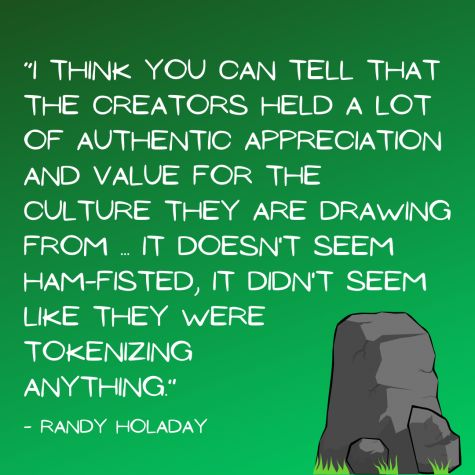
“I feel like I understand more why people act the way they do,” Pilpani said. “Like seeing the bad guys and why they act bad, it gives me a more open lens of taking into account why people are acting the way they are feeling.”
Holaday feels that he personally connected most with the character Zuko, the Crown Prince of the Fire Nation, who starts off the show trying to capture the Avatar but eventually joins their team instead.
“I think just being wrong and having to go through the reflective process of recognizing that you’re wrong is such a hard thing,” Holaday said. “For me personally, that’s hard [and] it’s hard for a lot of people. And I feel like so much of his character is realizing how he was wrong and trying to redeem himself … The ability to grow from your mistakes … in spite of family [who’s] trying to pull you back. I think that was why I latched so much onto it.”
When she was younger, Pilpani’s favorite part about the show was the character of Zuko and the concept of bending overall. Now, however, her perspective has changed.
“I think now my favorite thing is definitely just the entire universe they’ve created with the different species of animals and everything,” Pilpani said. “It’s always so amazing to me how creators can beautifully make entire universes. Specifically in ‘Avatar,’ I really enjoy how it’s not very Americanized or standard to ‘Oh, they’re in a big city.’ [The] Asian influence that comes through comes through really well and it makes the show very unique.”




